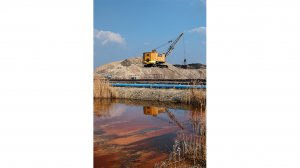
+27 11 441 1111
SRK House, 265 Oxford Road, Illovo, 2196, South Africa

Long-term thinking key to managing South Africa’s mine water challenge

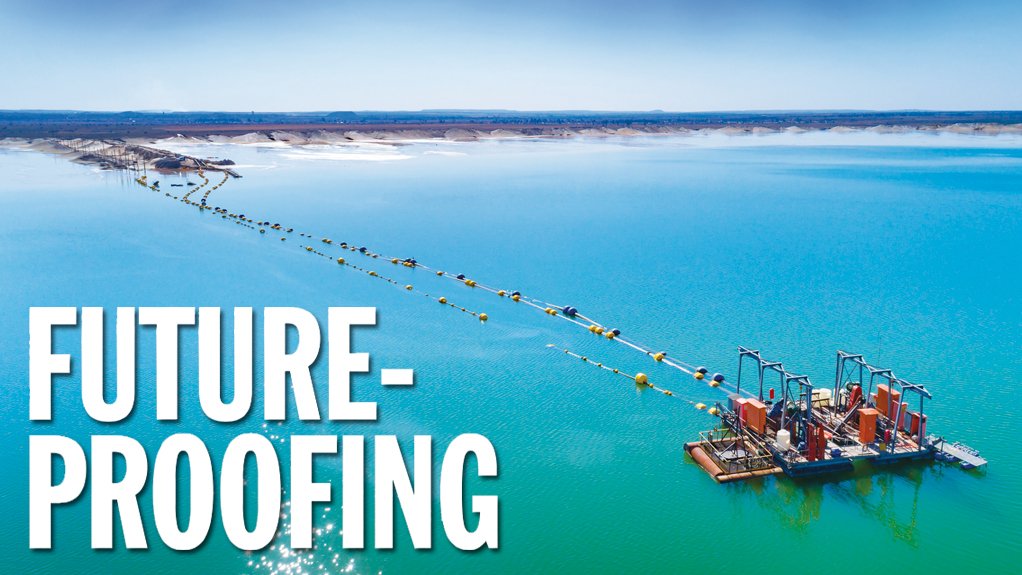

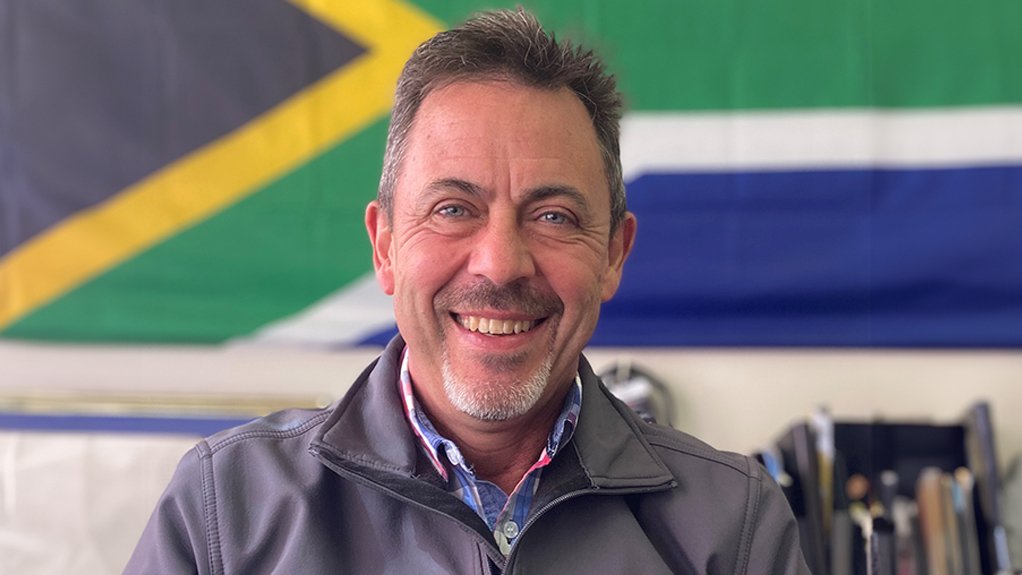
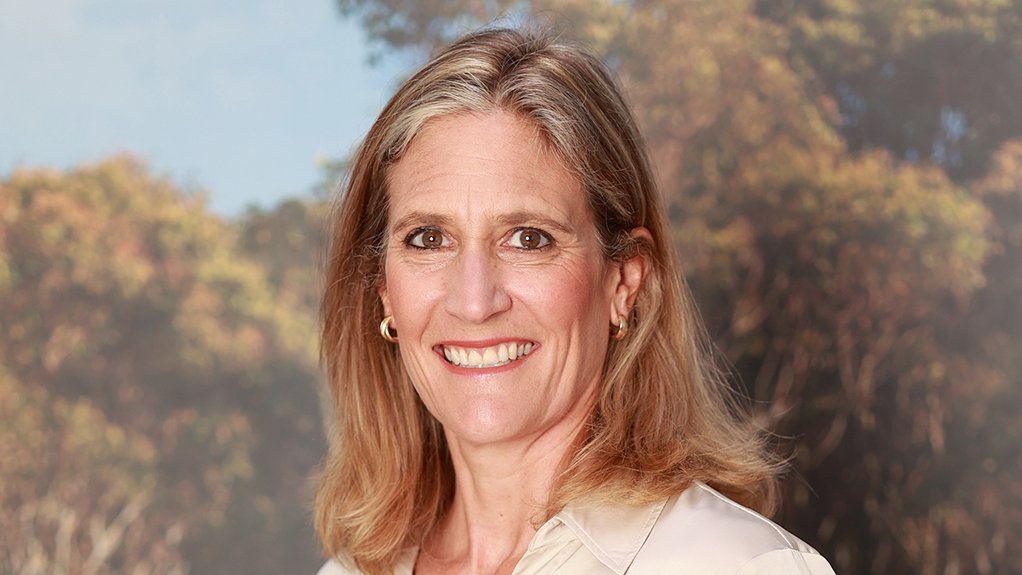
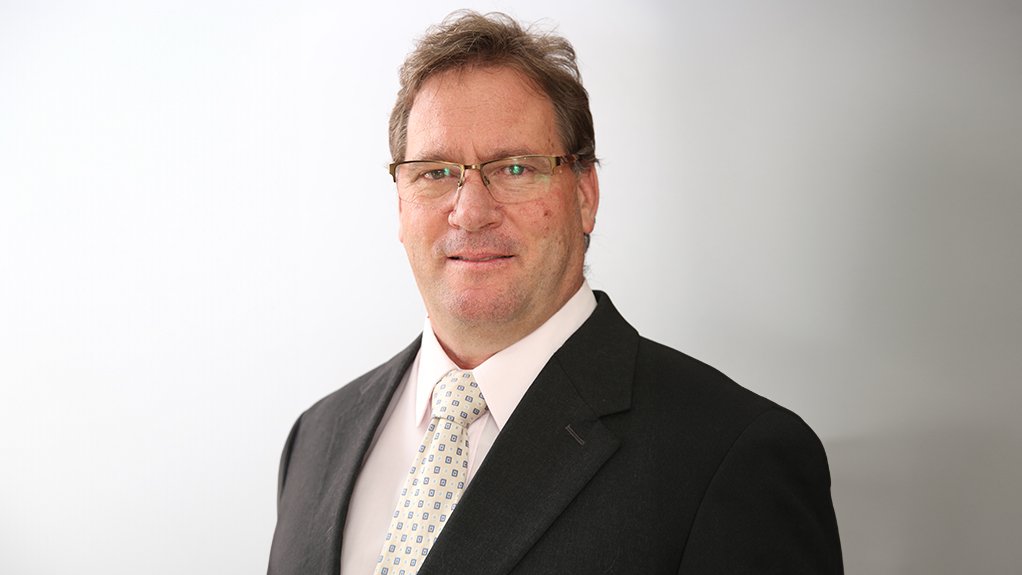
REGULATORY CHALLENGES South Africa needs an enabling environment to treat mine-impacted water
Harmony Gold Mining Company senior sustainable development manager Jozua Ellis
Interwaste group business development and marketing director Kate Stubbs
Meanwhile, SRK Consulting principal hydrologist Peter Shepherd
While South Africa has made considerable strides in addressing mine water challenges, several areas require improvement and focus to ensure that the country continues on a positive trajectory and that the future landscape of the local mining industry is vastly improved.
Such areas include ensuring that the correct processes are in place, aligning implementation with research and adapting the regulatory environment to be more conducive to the treatment of mine-affected water.
Undertaking these interventions will yield considerable benefits and present opportunities that stakeholders can capitalise on, especially if a collaborative approach is pursued.
This was outlined by speakers during Creamer Media’s webinar on mine water, held in May.
Facilitating the webinar was MK Water and Mine Water Consultancy director Marius Keet, who pointed out that 60% of the country’s rivers are overexploited, that the country is heading towards a 17% water deficit in 2030 and that several areas struggle with water-quality issues.
He warned that if water quality continues to deteriorate, so too will the availability of water, while water treatment costs will increase.
University of Cape Town Associate Professor Jennifer Broadhurst emphasised that water is an essential part of mining, used extensively in, for example, cooling, extraction, materials transportation, dust suppression, waste and tailings processing.
However, mining is not the biggest water user in the country, constituting only 3% to 6% of total demand.
The industry can significantly affect local water supplies and quality through groundwater and pollution from seepage, she added.
Meanwhile, SRK Consulting principal hydrologist Peter Shepherd said that all water issues come down to either “too much, too little, or too dirty”.
He and other speakers pointed out that, despite its water challenges, the mining industry has advanced “a lot” in the past two or so decades.
“In South Africa, there’s been a definite shift in the attitude towards how we are going to deal with water, and how the various mining houses are going to focus to protect the environment. Mining may only be there for a hundred years, but the tailings dams and everything else will be there for thousands of years. We have to manage and look after the facilities in a long-term way,” Shepherd explained.
Broadhurst added that most major mining houses are committed to minimising their water consumption and the impacts of their water through better housekeeping.
This is largely done through recycling, with the majority committed to closed water circuits, and even using alternative water sources. In some cases, treated sewage effluent is used in processing plants instead of fresh ground water, where feasible.
From an industry insider perspective, gold miner Harmony Gold Mining Company senior sustainable development manager Jozua Ellis said that the company has come a long way in the last 15 years, with “unbelievable work” having been done during this period, facilitating a much-improved technical understanding of mine water and its associated challenges, as well as how to manage them and to plan appropriately.
Over the past 15 years, Harmony Gold notes that it has made significant investments in this area, with the company recognising the important role of this resource in its operations, and its being fully integrated into its strategic plans.
With Harmony Gold’s making significant capital investments in deepening some operations and extending the life of others, it must also have a long-term view of water management, Ellis added.
Correct Processes
Interwaste group business development and marketing director Kate Stubbs emphasised that mine water is a complex topic, with no silver bullet to manage it, as mine water differs according to location, how it is produced and its format.
Therefore, the correct solutions, which are bespoke and not “one-size-fits-all”, have to be implemented, and this requires the adoption of appropriate commercial models and strategies for treating used mine water to the required standard, she emphasised.
Ellis reiterated this, noting that every catchment and mine is unique, with a need to understand the various water combinations, salt balances and loads, in addition to following a “forward-looking approach” on how the water quality will change over time.
He emphasised that stakeholders must understand that when they construct multimillion-rand water treatment facilities, these must be futureproof to treat water “long into the future”, even post mine-life.
Technology Gains, Considerations
During the webinar, the speakers argued that the country is well capacitated in terms of research and development (R&D) related to technologies to address mine water challenges, adding that the industry is also cognisant of the issues and the need to address them sustainably.
South Africa is the forerunner in technology R&D in mine water, with the country’s academic institutions performing very well in this regard.
“I’ve . . . full confidence in the technical capacity of, and abilities we have in, the country, [and] in the resources that are there to assist. We’ve kept up with developments and we are applying the technologies that are realistic. There is a very real, proper assessment in terms of long-term feasibilities – you have to look at the economic models; you cannot just blindly commit to processes that are not commercially viable,” Keet added.
Broadhurst noted that, in terms of solutions, technology is not the issue, but rather finding and implementing solutions that are not only fit for purpose but also considerate of environmental, economic, social and political factors.
Further, some of the available technology solutions are very good, while others are not proven as yet, with there being a need for mining companies to be wary of “fly-by-night” providers. Keet underscored the importance of conducting thorough due diligence and forging partnerships with credible service providers to mitigate this challenge.
Stubbs added that, from a private business perspective, the commercial reality must be considered, with entities having to be cognisant of what they are competing against.
She advocated for compliance in the market, cautioning that even compliant, credible solutions can be unsustainable if they are not consistent with standards.
The participants also pointed out that, despite the country’s distinction in technology research, there is a disconnect between this and the actual implementation of solutions.
Broadhurst emphasised the need to demonstrate proof-of-concept on a larger scale, under different operating conditions, and not confining this merely to conceptual laboratory studies.
She added that the barriers to university- developed solutions are being analysed, while Keet called for collaboration to ensure a shift away from mere academic exercises.
Enabling Environment
The participants emphasised the need for an enabling environment to treat mine- impacted water.
Ellis said the country has not been sufficiently agile in modifying its regulatory framework to accommodate this, despite making strides in improving attitudes regarding the management of mine water. He lamented the “cumbersome” process for mining companies to acquire authorisations and change course.
In principle, the country has policies for cleaner production and the circular economy but, in reality, attempts to implement “anything innovative” are impeded by “onerous” regulations: “The current regulatory environment is very prohibitive for the mining industry to do anything proactive, like using mine water for irrigation,” Broadhurst agreed.
Therefore, speakers averred that much more can be done to make it more agile and allow for quicker decision-making regarding the potential conversion of this potential resource into a valuable asset for the country, especially amid the water challenges and the potential threat of water scarcity in the future.
Ellis also highlighted the opportunity for partnerships, working with entities such as Rand Water and other stakeholders, to pursue solutions for the country’s water challenges, and to potentially use treated waste water for other activities such as agriculture.
This will create an opportunity for sustainability and promote a circular economy, he said.
Stubbs pointed out that, while treating water to potable standards can be costly, considerable opportunity abounds, with Shepherd adding that a key factor hindering treatment is what to do with the brine, as it still requires sustainable disposal.

